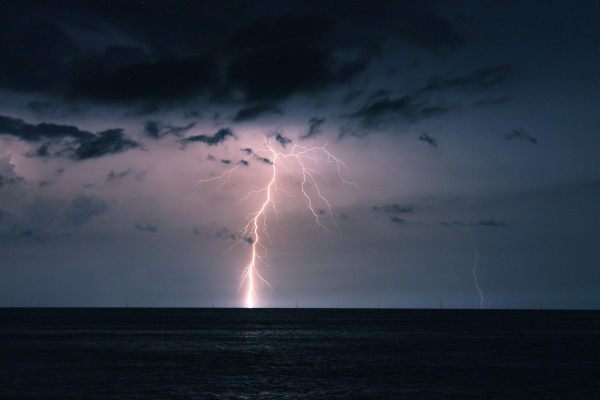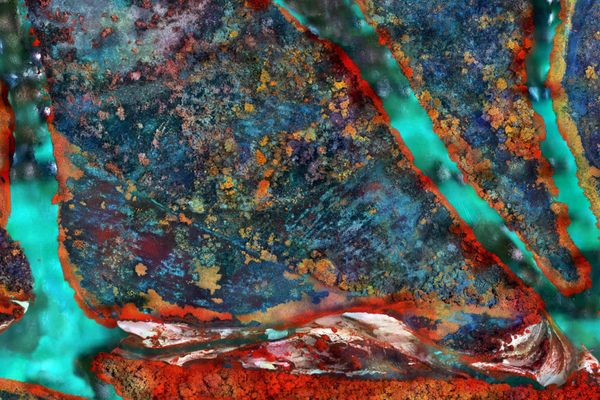Why Is It So Hard to Paint Lightning?
Capturing lightning on a canvas is just as difficult as it sounds.

William Nicholson Jennings, of Philadelphia, spent most of his days photographing wrecked or damaged infrastructure for the Pennsylvania Railroad. When it got dark and stormy, though, he pointed his camera up and tried to record bolts of lightning as they crackled across the sky.
What the 19th-century commercial photographer saw up there didn’t look like what he remembered from paintings or stage sets, where lightning was usually depicted as a series of a few sharp, jagged spears. Up there, on the bigger canvas of the sky, Jennings saw something much more complicated, and he wanted to capture it.
More than a century after Jennings raised questions about the fidelity of artistic depictions of lightning, a team of researchers from the Environmental Optics Laboratory at Eötvös Loránd University in Budapest set out to answer it.

The researchers used software to compare 400 photographs of lightning storms to 100 paintings with lightning in them, made between 1500 and 2015. They found some consistent differences, which they describe in a new paper in the Proceedings of the Royal Society A. Compared to real bolts, painted lightning tends to have fewer branches—no more than 11, the authors found, while the photographs depict as many as 51.
To venture a guess about why these differences might have emerged, the researchers also brought some humans into the lab and flashed images of lightning in front of them for a second or less. The subjects had to guess how many branches the lightning had, and the researchers found that they were only able to reliably do so when there were no more than 11 branches. It seems painters were representing what they had the capacity to perceive with the naked eye.

It is easy to paint lightning, it is just hard to paint it right. Photographing it would provide an accurate representation, but it was difficult to do—especially in the days of bulky cameras and long, long exposures. Jennings was determined to do it. He clambered up to his roof whenever a storm blew in, and in 1882, he finally got it: a photograph of lightning tracing a ragged path across the sky, branching like a root system. (In an even earlier daguerrotype, taken by Thomas Martin Easterly in St. Louis in 1847, the bolt looks like a river winding across a map.) Jennings’s work was later published in Scientific American and in the U.S. Weather Bureau’s monthly bulletin. And in the years since—and especially since 2000, the Eötvös Loránd team found—artists have been depicting lightning with more faithfulness to the real, wondrous thing. Because, it stands to reason, they’d seen it frozen in a photograph.
































Follow us on Twitter to get the latest on the world's hidden wonders.
Like us on Facebook to get the latest on the world's hidden wonders.
Follow us on Twitter Like us on Facebook